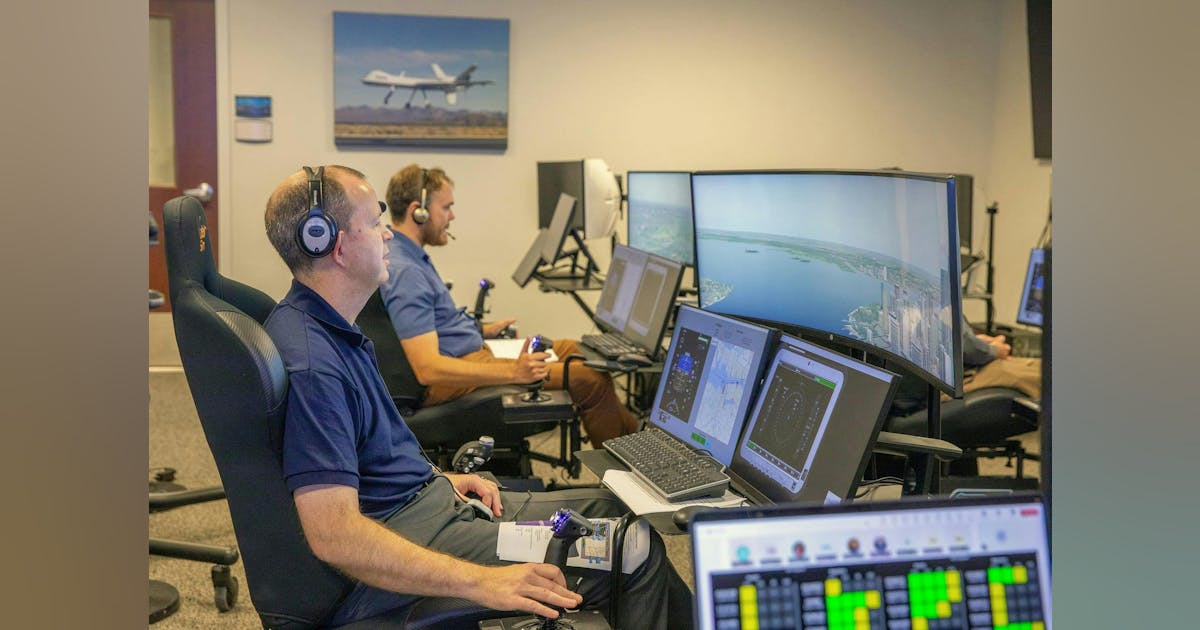NASA’s 2025-2026 Software Catalog: Unlocking Over 1,200 Tools for Innovation in Industry and Research
If you’ve ever envisioned wielding the technological capabilities of NASA, your opportunity has arrived. In mid-2025, NASA introduced its most comprehensive Software Catalog yet, releasing more than 1,200 sophisticated software codes and applications for public and industry use at no cost. This initiative isn’t merely a scientific dream but one of the largest assemblages of advanced engineering, scientific, and data analysis tools globally, aimed at spurring innovation beyond the cosmos.

What Is NASA’s Software Catalog?
Envision a Netflix for high-level software, where instead of films, you access the technology NASA employs to design satellites, model flight systems, and simulate planetary atmospheres—all available for free. The 2025-2026 catalog hosts over 1,200 programs, ranging from niche aeronautics toolkits to multipurpose simulation platforms. Most of these tools are free for download, although some are restricted to U.S. citizens or government entities due to export regulations. The catalog is organized into 15 technical categories to ensure easy navigation for both experienced engineers and budding entrepreneurs.
Why Is This Important?
This initiative by NASA transcends code sharing. It’s a strategic move to:
- Boost technology transfer: Bridging the gap between space research and everyday innovation.
- Level the playing field: Offering startups, universities, global researchers, and hobbyists tools typically confined to government projects.
- Stimulate economic growth: Companies can use NASA software to reduce costs, enhance products, and even create new industries, from smarter drones to effective earthquake prediction models.
Industry experts compare this impact to the advent of open-source web servers or the GPS revolution. Imagine a Google Earth but tailored for local urban planning, or a Mars rover navigation system adapted for your drone delivery enterprise.
Who Benefits Most?
The potential users are diverse, including:
- Aerospace & Defense: Advanced simulation platforms for satellite design and rocket launches.
- Automotive & Robotics: Modeling tools refined by planetary exploration.
- Energy & Climate Science: Atmospheric analysis and weather modeling systems.
- Academic Research & Education: Real NASA mission tools for classrooms and research facilities.
- Entrepreneurs & Startups: Essential resources for prototyping, product development, and business launching.
Artists, gamers, data scientists, and educators have also found novel ways to apply these tools, expanding their teaching methods and creative projects.
What’s Inside? Example Categories & Notable Software
| Category | Example Applications | Users |
|---|---|---|
| Design & Integration | Satellite planning, 3D modeling, mission visualization | Satellite manufacturers, game developers |
| Data Processing/Handling | Earth imagery analysis, big data platforms | Climate scientists, AI startups |
| Propulsion | Engine simulations, fuel scoping | Aerospace, automotive companies |
| Aeronautics | Flight simulators, turbulence forecasting | Airlines, engineers |
| Business Systems | Project management, cost analysis | Small businesses, consultants |
| Electronics & Sensors | Electrical system simulations | IoT, robotics firms |
| Public Safety & Risk | Emergency response simulators | Public agencies |
| Human Health & Life Support | Biomedical tools | Hospitals, pharmaceuticals |
Notable software includes the Global Reference Atmospheric Model (GRAM) for simulating atmospheres on various planets, crucial for aerospace startups. GeoCam, a geospatial disaster response system, now aids emergency management agencies, while the Data Cube Platform facilitates large-scale Earth observation analytics.
Real-Life Application Stories
The tangible impact of NASA’s catalog is illustrated by various practical applications:
- A California ag-tech company utilized satellite image processing to monitor crop health via drone imagery, yielding substantial savings.
- Eastern European students crafted a high-altitude balloon experiment using NASA-adapted flight prediction models.
- A U.S. aerospace SME accelerated hybrid aircraft design, cutting costs in half with propulsion simulation code.
- Disaster response agencies revamped NASA’s risk mapping tools for rapid response planning.
How to Access the Catalog
To explore:
- Browse & Download: Visit the NASA Software Catalog website for web and downloadable PDF formats.
- Webinar Series: Participate in NASA’s summer webinars offering program demonstrations and expert Q&A sessions.
- Support & Community: Access documentation, join developer forums, and participate in workshops.
For international users: While many tools are globally accessible, certain programs are U.S.-restricted.
Growth, Legacy, and What Makes This Catalog Unique
Since its inception in 2013 with about 500 programs, the catalog has grown significantly thanks to NASA’s Technology Transfer Program, which advocates for public investment in space to enhance life on Earth. By adapting space-born technologies for real-world applications, NASA has enabled developments from weather apps and air traffic systems to scientific discoveries. Every stakeholder, tax contributor, and tech enthusiast is part of this dynamic ecosystem.
Expert Advice: Maximizing NASA Software
- Don’t Be Intimidated: Many tools are accessible with comprehensive documentation.
- Explore Non-Traditional Uses: These tools can empower gaming AI, logistics, and healthcare analysis.
- Combine with Other Software: Integrate NASA apps with popular platforms like Python and MATLAB.
- Leverage Educational Connections: Academics are encouraged to utilize the catalog for research and teaching.
A Note on Culture and Creativity
NASA’s software legacy permeates culture from memes to movies like The Martian. Now, with public access to this vast technological library, future innovations—perhaps even meme-worthy ones—may stem from NASA-developed code originally intended for Mars exploration.
In Summary
The 2025-2026 NASA Software Catalog places over 1,200 innovative codes at everyone’s disposal, promoting a space-age research ethos as a driving force for economic development and problem-solving on Earth. Whether you’re a business leader, student, or inventive tinkerer, this is your chance to launch your next groundbreaking innovation.
Quick Links for Exploration:
- Start with the official NASA catalog portal.
- Watch for upcoming webinars and workshops.
- Join technology transfer communities for additional support and inspiration.
If you’ve ever aspired to say, “My project is powered by NASA,” this is your opportunity. The only question left is, what will you build next?













